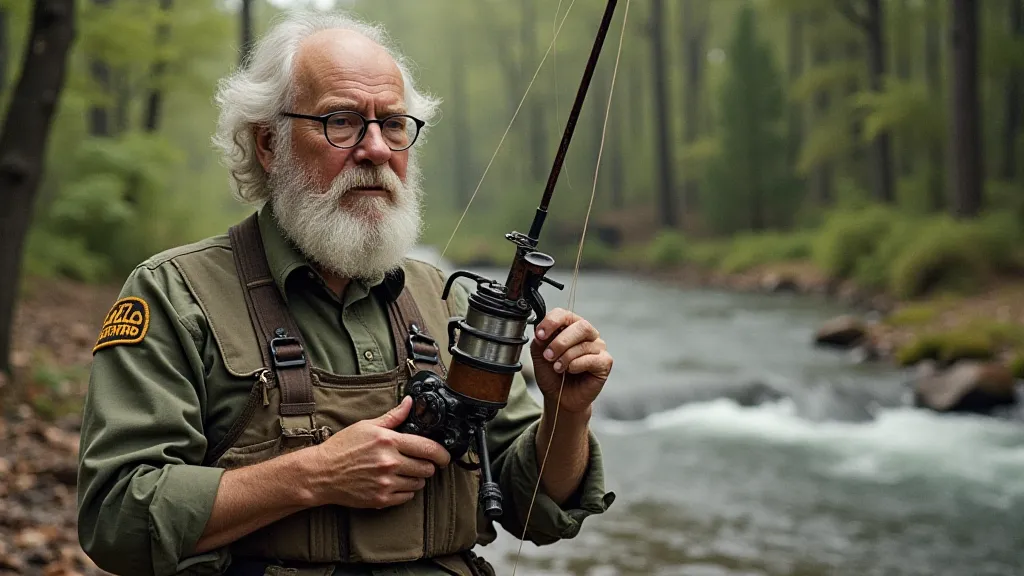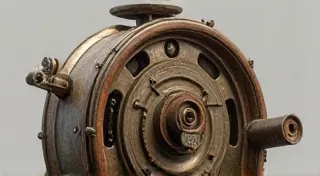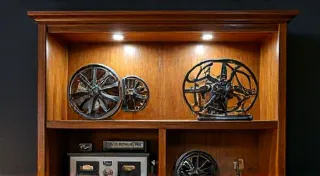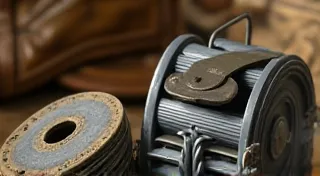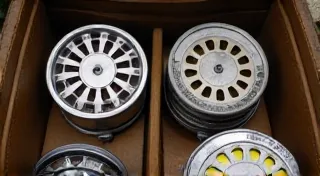The Legacy of Amos G. Spofford: Inventor and Angler
Amos G. Spofford occupies a crucial position in the history of angling and, consequently, the world of vintage fishing reels. While the pursuit of fish dates back millennia, the development of the sophisticated reels we recognize today owes a considerable debt to Spofford’s ingenuity. He wasn’t merely an inventor; he was a passionate angler whose desire for a more reliable and efficient way to retrieve line spurred a series of groundbreaking designs that revolutionized fishing gear and continue to influence reel collecting today.
Early Life and Angling Passion
Born in Poultney, Vermont, in 1828, Amos G. Spofford demonstrated an early aptitude for mechanics and an undeniable love for angling. Growing up in a rural environment, fishing wasn't just a pastime; it was ingrained in the culture. However, the fishing reels of the time—often simple wooden or metal spools attached to a handle – were cumbersome, prone to failure, and offered little in the way of finesse. This frustration fueled Spofford’s determination to create a better alternative.

The Spur Gear Revolution
Spofford's most significant contribution to the angling world was the introduction of the spur gear mechanism into fishing reels. Prior to this, reels primarily relied on worm gear systems, which were slow, inefficient, and often resulted in a frustratingly low retrieval rate. The spur gear, a simple yet elegant design, offered a dramatic increase in line retrieval speed and vastly improved the overall performance of the reel.
The concept wasn't entirely new; spur gears had been used in other mechanical applications for centuries. However, adapting them to the specific demands of a fishing reel – the need for durability, compact size, and smooth operation – required significant innovation. Spofford's early designs, patented in the 1860s, showcased a growing sophistication in understanding the interplay between gear ratios, materials, and overall reel design.
Early Patents and Designs
Spofford's initial patents were focused on improving the efficiency and reliability of the line-winding mechanism. He experimented with various gear ratios and materials, constantly striving to optimize performance. These early "Spofford" reels, often referred to as "worm and spur" reels, were relatively simple in construction, typically featuring a single spur gear driving the spool. They were made primarily from brass and were prized for their improved retrieval rate compared to their worm gear predecessors.
His patents weren’t always about entirely new designs. He often refined existing reel mechanisms, making them more robust and user-friendly. This iterative process of improvement demonstrates a methodical approach to engineering – a hallmark of Spofford’s work. Collectors prize these early examples not just for their historical significance but also for their robust construction and enduring functionality.
The "Automatic" Reel and Further Innovations
As Spofford's designs evolved, he introduced more complex mechanisms, including what he termed “automatic” reels. These incorporated features designed to ease the angler’s workflow and improve casting accuracy. While the specific details of these "automatic" features varied across different models, they generally involved refinements to the drag system and bail arm mechanisms.
Spofford also pioneered the use of certain materials and construction techniques that would become standard in the reel manufacturing industry. He recognized the importance of using high-quality brass for its strength and corrosion resistance and explored different methods of heat treating to further enhance its durability.
Spofford's Manufacturing Legacy: The Spofford & Lawler Company
While Spofford was the driving force behind the design and innovation, he recognized the need for a competent manufacturing partner. He initially collaborated with other companies, but eventually formed the Spofford & Lawler Company in 1874. This partnership allowed for more consistent production and a broader distribution of Spofford’s reels. Spofford & Lawler became a respected name in the fishing industry, known for their quality reels and innovative designs.
The company continued to produce Spofford-designed reels, along with other models, for several decades. Following Spofford's death in 1907, the company continued operations, but the peak of Spofford’s influence had passed.
Collecting Spofford Reels Today
Today, vintage Spofford reels are highly sought after by reel collectors and enthusiasts. Their historical significance, combined with their robust construction and iconic design, makes them valuable artifacts of the angling world. Early “worm and spur” reels command the highest prices, particularly those in excellent condition and with original packaging.
Identifying genuine Spofford reels requires careful attention to detail. The reels typically bear the "Spofford" name or a patent date that corresponds to his period of innovation. Collectors scrutinize the markings, construction quality, and overall condition to authenticate these prized possessions.
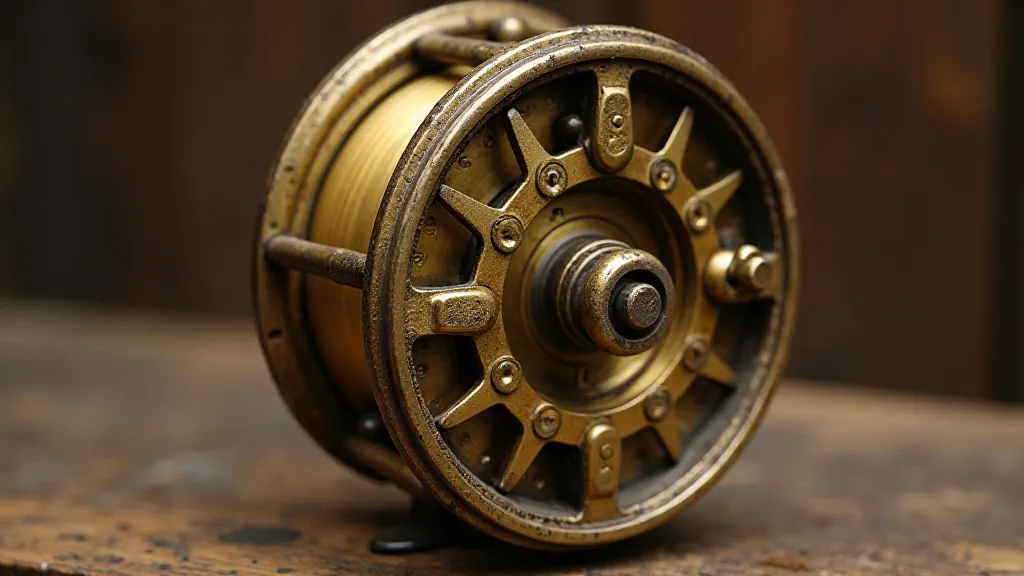
Impact on the Fishing Industry
Amos G. Spofford's contribution to the fishing industry extends far beyond his individual designs. He fundamentally shifted the paradigm for reel construction, demonstrating the power of the spur gear mechanism and inspiring countless other engineers and manufacturers. His legacy is a testament to the transformative power of innovation driven by passion and a desire to improve a beloved pastime.
His work paved the way for the modern fishing reels we use today, and his name remains synonymous with quality, ingenuity, and a deep understanding of the art of angling. For reel collectors, a Spofford reel is more than just a piece of equipment; it's a tangible link to a pivotal moment in fishing history.
Conclusion
The story of Amos G. Spofford is a compelling narrative of innovation, perseverance, and a lifelong dedication to angling. His designs revolutionized the fishing reel, influencing the industry for generations. His legacy lives on in the collectors who cherish his creations and the anglers who appreciate the lasting impact he had on the sport of fishing.
